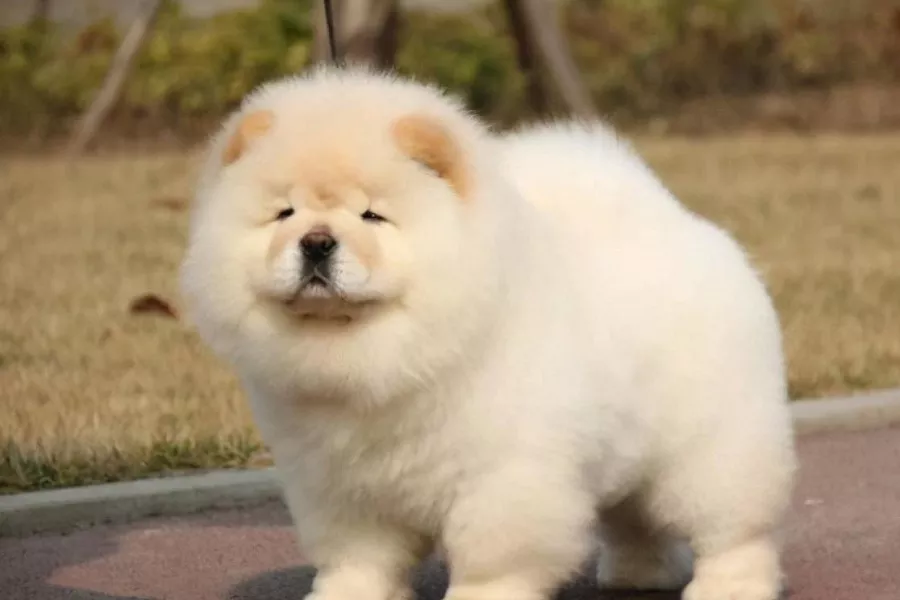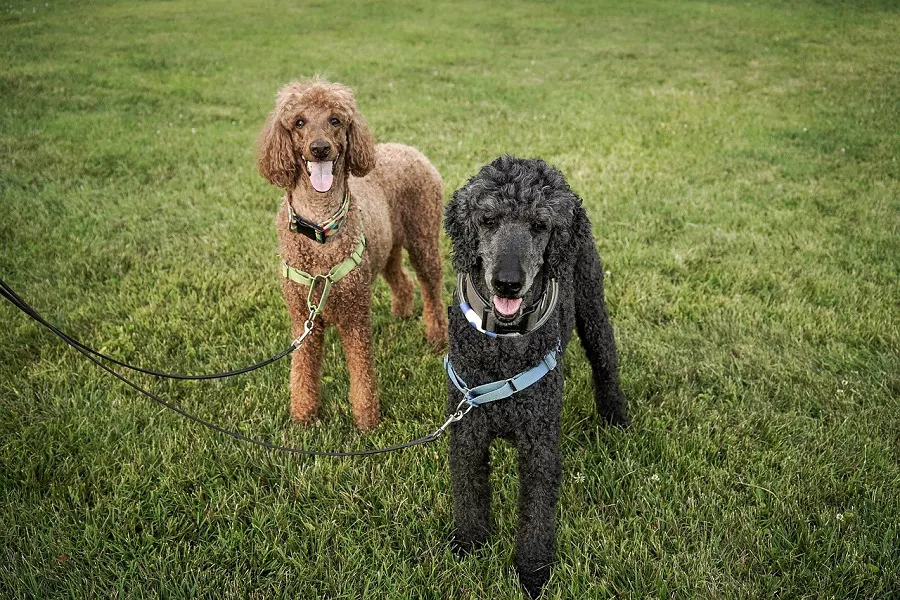Koi are common diseases, and most of the domestic ornamental fish are tropical ornamental fish, except for a small amount of koi, goldfish, etc., which are warm-water ornamental fish. In the breeding process, although the occurrence and prevention of fish diseases have commonalities, warm-water fish and tropical fish have different disease conditions, and the methods of fish disease prevention and treatment are also different. The following is a brief introduction to the disease and death prevention of koi, goldfish and tropical ornamental fish. Koi are warm-blooded animals. Koi are generally cultivated in outdoor aquaculture ponds. In practice, koi have many diseases and can be sick all year round. Koi are not easy to detect in the early stage of disease, and once they become ill, they are often difficult to treat, which will bring great losses to farmers. Common diseases of koi There are many diseases of koi, including more than a dozen kinds of viruses, fungi, bacteria and parasites.
(1) Bacterial diseases: rotten gill disease, enteritis disease, red skin disease, vertical scale disease, bacterial hemorrhage, etc.
(2) Fungal diseases: saprolegnia, gill mold.
(3) Viral diseases: carp spring virus disease, carp pox disease, viral hemorrhage.
(4) Parasitic diseases: small cucurbita disease, ringworm disease, trichocarcosis, three-generation worm disease, cholangiosis, myxosporidium, fish worm disease, cat head disease, etc.
Causes of koi disease
(1) Affected by environmental factors and seasonal changes: For example, the water temperature is too low, the water quality conditions are deteriorated, and the disease manifestations vary with the seasons throughout the year.
(2) Own reasons: Koi are susceptible to a variety of diseases, regardless of geographical restrictions, such as rotten gill disease, enteritis, vertical scale disease, saprolegnia, etc.; some diseases are unique to koi and difficult to control, such as carp Spring virus disease, carp pox disease, bleeding disease, etc.
(3) Man-made and other reasons: There are many factors that affect the pathogenesis of koi in the process of breeding, selection and transportation, such as improper operation, excessive density, lax quarantine, and poor isolation and disinfection. The koi introduced in practice are often susceptible to diseases, and special attention should be paid if improper treatment results in great losses.
Prevention of Koi Diseases
(1) Thoroughly disinfect the breeding environment and fishing tools: the outdoor breeding ponds should be thoroughly disinfected with quicklime or bleaching powder before stocking koi, and the breeding aquariums and breeding equipment should be soaked and disinfected with potassium permanganate or iodine preparations to kill germs , to avoid the spread of disease.
(2) Do a good job in the quarantine of imported koi: Koi imported from other places should be quarantined to avoid bringing foreign diseases. The imported koi should be kept in isolation for 2 to 4 weeks, and if there is any disease, they should be treated thoroughly before stocking.
(3) Strengthen breeding management: change the water regularly, do a good job in water quality management, and frequently observe the eating and activities of koi. Koi are generally fed with artificially compounded bait, and high-quality bait with comprehensive nutrition should be selected. According to seasonal changes and the prevalence of different diseases of koi, they should be sprinkled in advance or fed with drugs for prevention to reduce the probability of disease.
(4) Isolation and treatment of viral diseases: Carp spring viral diseases are highly infectious and spread rapidly. Once found, measures such as isolation of diseased fish and disinfection of diseased ponds and breeding tools should be taken as soon as possible.


























